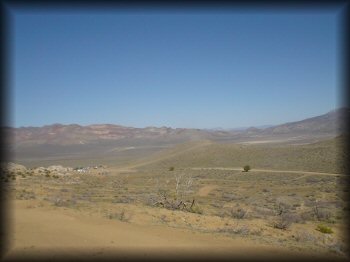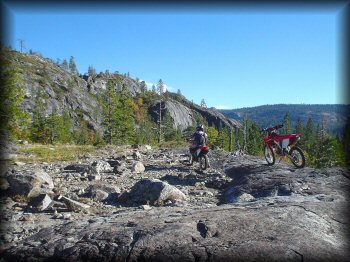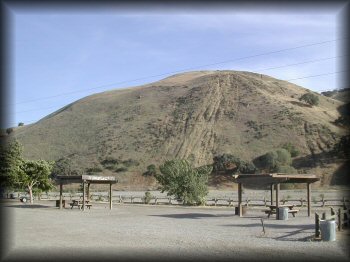| Home > Articles > Become a Public Land Expert in Five Minutes! |
Become a Public Land Expert in Five Minutes!
Know Exactly What To Expect When Planning Your Next Riding Trip on Public Lands
Jennifer Rails (November 2019)While the average person might treat them as equivalent, different types of public lands in the U.S. are managed quite differently, and simply knowing the differences will tell you most of what you need to know about OHV riding regulations. Take a moment to review the definitions below and you'll know exactly what to expect when planning your next riding trip on public land.

BLM – As a federally funded agency, the Bureau of Land Management is a division of the U.S. Department of the Interior, which manages over 261 million acres of public lands. Generally found in dry climates, this land is often considered to be of lower value than other public land and is often open to all forms of recreation including OHV use. Some desert areas of BLM may even be designated as “Open Areas” which means OHVs are free to travel off existing trails, however this is the exception, not the rule. Be sure to check with your local BLM office to see if there are any sensitive areas or areas of private land that you need to be aware of.
National Forest – This type of land is managed by the Forest Service, which is a division of the U.S. Department of Agriculture. National Forest lands are generally of higher perceived aesthetic and tourism value than BLM land, and often include more wooded areas, but this is not always the case. Most national forests have at least some designated OHV trails and roads. Prior to 2008, all national forest roads were open to motorized use unless otherwise marked. The “Land Management Act” of 2008 essentially reversed this rule and all roads and trails are now considered closed to motorized use by default, unless specifically marked otherwise. This is by many estimates, an 80% reduction in available trails. (We were all caught sleeping on that one! Get involved and make your voices heard.) Double check with the national forest website or forest ranger to see what trails and roads are still available for off-road use under the new laws.

State Forest – Managed by the state and funded by state taxes and visitor fees, some state forests may have OHV friendly trails or roads. These areas normally require a pass or fee. Any legal OHV areas will be clearly marked.
National Park – Another agency within the U.S. Department of the Interior, the National Park Service, manages national parks. This is land that has been set aside for conservation purposes, and is usually home to historical monuments or buildings of some type. OHV use is not permitted in national parks.
Wilderness – The BLM, Fish and Wildlife Service, the Forest Service or the National Park Service can manage this land. Wilderness always means no motorized use, and in some cases, no bicycle use either.
National Preserve – Similar to a national park, a national preserve is a protected area that often allows some controlled recreational activities such as hunting and trapping. Some national preserves allow OHV use such as the Big Cypress National Preserve however regulations are strictly enforced and often include precise time frames and specific access points. Check to see if the national preserve that you are visiting allows OHV use during any part of the year.
National Recreation Area – Most national recreation areas are situated near large bodies of water such as reservoirs, lakes and oceans. The BLM, U.S. Forest Service or the National Park Service can manage a national recreation area. Most national recreation areas do not offer OHV opportunities, however there are a few that do, such as the Land Between the Lakes National Recreation Area and the Oregon Dunes National Recreation Area. Always check to see if OHV use is permitted if you are planning to visit a National Recreation Area.

State Vehicle Recreation Area (SVRA) – These special OHV recreation areas are sometimes found in states where OHV riding is very popular, often purchased with funds collected from OHV registration. SVRAs are typically crowded, but are likely to offer more amenities and may feature one-way marked trails with designated areas for various vehicle types for added safety. Expect these areas to be gated, and visitors may have to pass noise, spark arrestor and emission inspections before entering.






